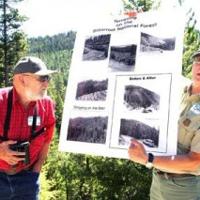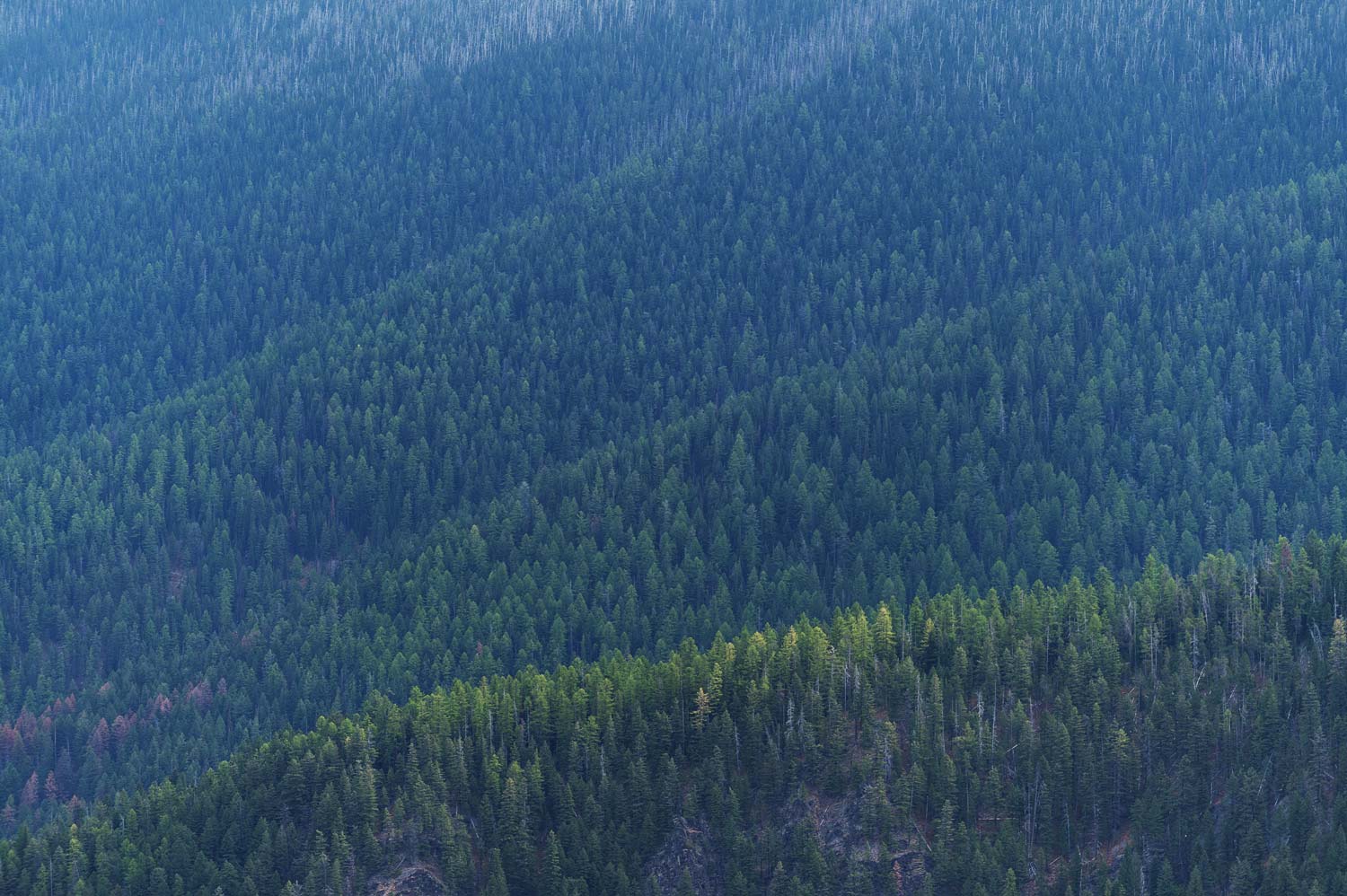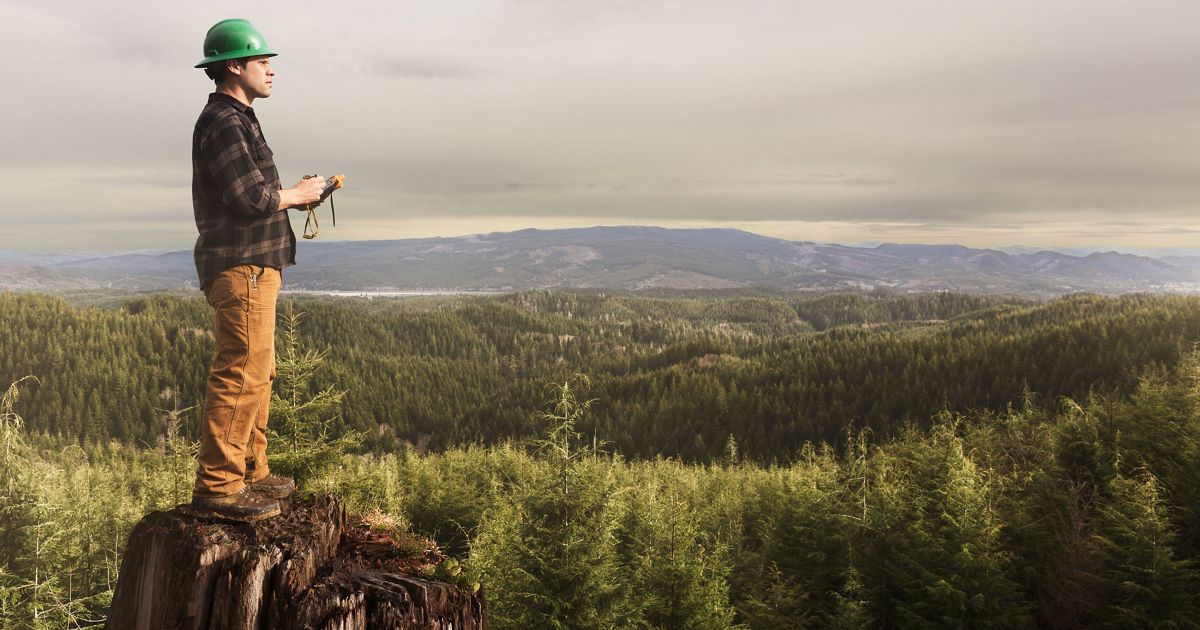Reuters:

 mobile.reuters.com
mobile.reuters.com
I support forestry and mining of our public lands. Far too long Counties across America, such as Lincoln and Sanders Counties in NW MT have been economically hamstrung by environmental organizations.
If managed prudently, timber via thinning, etc it would be a great boost to flora and fauna. The Nature Conservancy has clearly shown this is a benefit for forested lands.
I support Helca mining moving forward with gainful employment for communities of Lincoln and Sanders, slapped far too long by environmental extremists.
As usual, exceptions are always present. Certain mining operations, such as Twin Metals, within reach of the MN Boundary Waters raise concern though again, If managed prudently...
Cattle grazing? I've not seen/been involved w/ ranchers... to understand USFS's adverse impact to grazing opportunities. Seems we've been pretty thin on what we charge for grazing on our land though again maybe others could shed light.
Same thing with O&G.
***But hey, wind farms and solar arrays are a vaulted public land value, to some...
My forestry / timber question is how to ensure clear cutting is an action of the past and not one to rear its ugly head again.
Stab away. Supportive/opposing views on the pendulum swinging from early economic / employment cheers, to environmental organizations cheers, and now... hopefully some prudent use of USFS lands for our local, State, and Federal economies.
And, of course, we have the Center For Biological Diversity getting up in arms... Same ones that fought tooth and nail against State Management of wolves and now... grizzlies.
Debate the topic.
U.S. unveils vision for more development in national forests
Agriculture Secretary Sonny Perdue on Friday unveiled what he called a "blueprint" for enabling energy extraction, mining, grazing and logging in federal forests by speeding up environmental reviews and permitting.
I support forestry and mining of our public lands. Far too long Counties across America, such as Lincoln and Sanders Counties in NW MT have been economically hamstrung by environmental organizations.
If managed prudently, timber via thinning, etc it would be a great boost to flora and fauna. The Nature Conservancy has clearly shown this is a benefit for forested lands.
I support Helca mining moving forward with gainful employment for communities of Lincoln and Sanders, slapped far too long by environmental extremists.
As usual, exceptions are always present. Certain mining operations, such as Twin Metals, within reach of the MN Boundary Waters raise concern though again, If managed prudently...
Cattle grazing? I've not seen/been involved w/ ranchers... to understand USFS's adverse impact to grazing opportunities. Seems we've been pretty thin on what we charge for grazing on our land though again maybe others could shed light.
Same thing with O&G.
***But hey, wind farms and solar arrays are a vaulted public land value, to some...
In a memorandum to U.S. Forest Service Chief Vicki Christiansen, Perdue said more was needed to relieve burdensome regulations on industries and make federal forests and grasslands more productive.
"These lands are critical for the prosperity of rural communities, sustaining jobs and livelihoods in grazing, mining, oil and gas development, recreation and forestry," the letter said.
My forestry / timber question is how to ensure clear cutting is an action of the past and not one to rear its ugly head again.
Stab away. Supportive/opposing views on the pendulum swinging from early economic / employment cheers, to environmental organizations cheers, and now... hopefully some prudent use of USFS lands for our local, State, and Federal economies.
And, of course, we have the Center For Biological Diversity getting up in arms... Same ones that fought tooth and nail against State Management of wolves and now... grizzlies.
Environmental group Center for Biological Diversity said the letter "offers a dystopian vision of expanding mining, fracking, logging and grazing in national forests" that would increase pollution and carbon emissions, and harm wildlife.
Debate the topic.











